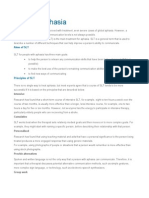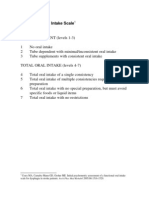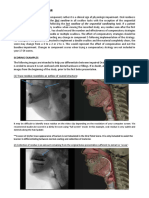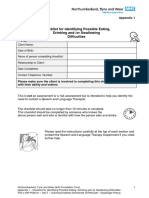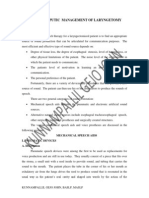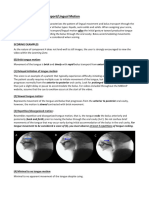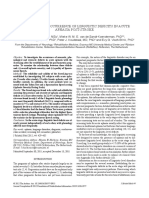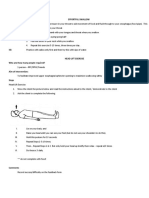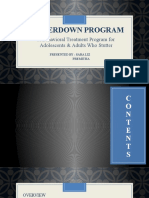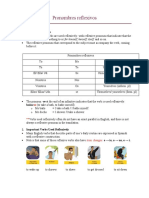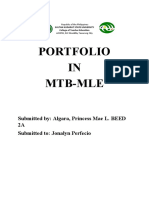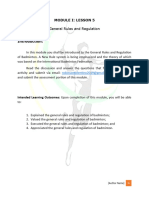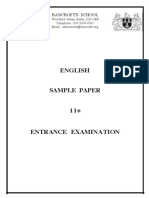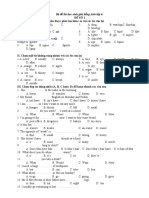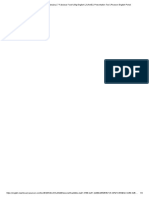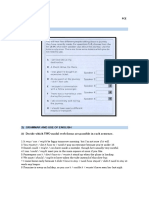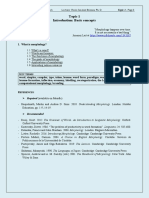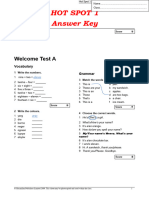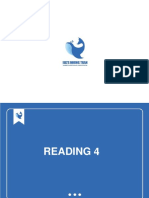0% found this document useful (0 votes)
208 views50 pagesAphasia Intervention Guidelines
The document provides guidelines for intervention for persons with aphasia. It discusses general guidelines for reducing residual deficits, teaching compensatory strategies, counseling family members, and structuring treatment. It also describes techniques for improving auditory comprehension, verbal expression including naming, and functional communication. Finally, it compares the traditional language-oriented school of aphasia therapy with the functional/pragmatic school.
Uploaded by
sofiapouloseptCopyright
© © All Rights Reserved
We take content rights seriously. If you suspect this is your content, claim it here.
Available Formats
Download as PDF, TXT or read online on Scribd
0% found this document useful (0 votes)
208 views50 pagesAphasia Intervention Guidelines
The document provides guidelines for intervention for persons with aphasia. It discusses general guidelines for reducing residual deficits, teaching compensatory strategies, counseling family members, and structuring treatment. It also describes techniques for improving auditory comprehension, verbal expression including naming, and functional communication. Finally, it compares the traditional language-oriented school of aphasia therapy with the functional/pragmatic school.
Uploaded by
sofiapouloseptCopyright
© © All Rights Reserved
We take content rights seriously. If you suspect this is your content, claim it here.
Available Formats
Download as PDF, TXT or read online on Scribd
/ 50






